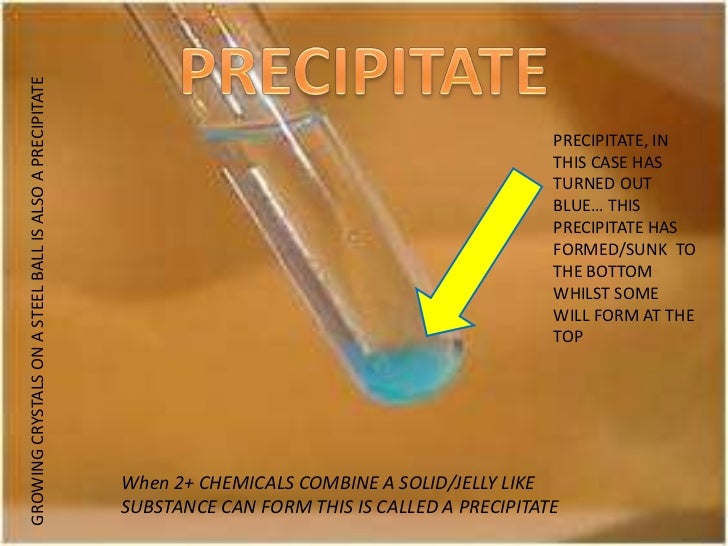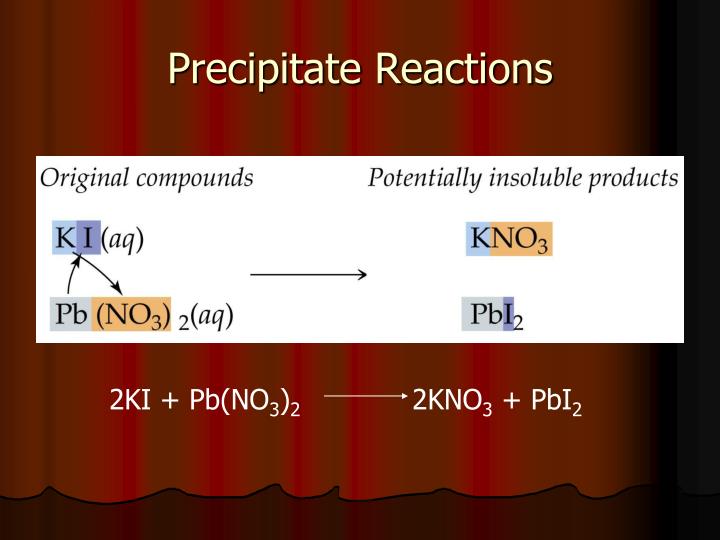
³⁺(aq) and ³⁺(aq) are both acidic enough to liberate carbon dioxide from a carbonate. Reactions of Fe³⁺ and Al³⁺ Ions with Carbonate Ions With iron (II) metal-aqua ions, a green precipitate is formed. With copper (II) metal-aqua ions, a blue-green precipitate is formed. Instead a precipitate of the metal carbonate is produced. However, they are not acidic enough to evolve carbon dioxide gas from the carbonate. ²⁺ (aq) and ²⁺ (aq) metal-aqua ions are slightly acidic. Reactions of M ²⁺ (aq) and M³⁺(aq) Metal-aqua Ions with Carbonate Ions Reactions of Fe ²⁺ and Cu ²⁺ Ions with Carbonate Ions When the white precipitate of (s) reacts with acids, the metal-aqua complex is reformed. When excess dilute NaOH is added to the white precipitate of (s), the precipitate dissolves to form a colourless solution. (s) is amphoteric as it reacts with both acids and alkalis. With the white precipitate of (s), however, it dissolves in excess NaOH solution, but the white precipitate remains with excess ammonia solution.

(s) + 4NH₃(aq) ⇌ (aq) + 2H₂O(l) + 2OH⁻ (aq)Įxcess NaOH/NH₃ to Metal-Aqua Fe³⁺ and Al³⁺ IonsĪddition of excess dilute NaOH or excess ammonia to (s) results in no change with either and the brown precipitate remains. The blue precipitate dissolves and a deep blue solution is formed. However, with (s), ligand substitution reaction occurs. However, addition of concentrated hydroxide ions results in further hydrolysis, producing negative ions, which are soluble, thus dissolving the precipitate.Īddition of excess Ammonia to Metal-Aqua Cu²⁺ and Fe²⁺IonsĪddition of excess dilute ammonia to the precipitate of (s) results in no further change, and the precipitate does not dissolve.

The reactions are similar to those of iron (III) aqua ions.Īddition of excess NaOH to Metal-Aqua Cu²⁺ and Fe²⁺IonsĪddition of excess dilute hydroxide ions to metal-aqua Cu²⁺ and Fe²⁺ ions result in no further change, and the precipitates do not dissolve. These ions are formed from hydrolysis reactions, produced as a result of the acidic nature of iron (III) metal-aqua ions.Ī brown precipitate is formed, which may appear orange-brown.Īddition of Al³⁺ ions to hydroxide ions from dilute NaOH or ammonia solution, results in the formation of a white precipitate. Iron (III) aqua ions are actually purple in solution, but may appear yellow due to some ²⁺(aq).

However they produce one further hydrolysis reaction, as they are 3+ ions and not 2+ ions. When iron (III) metal-aqua ions are added to dilute solutions of sodium hydroxide or dilute ammonia, similar reactions to the 2+ ions occur. If left standing, the precipitate darkens and turns brown as Fe²⁺ ions become oxidised to Fe³⁺ by water and oxygen.Īddition of Limited OH- Ions to Fe³⁺ and Al³⁺ Metal-Aqua Ions The solution is initially pale green and upon adding ammonia or an alkali, a green iron (II) hydroxide precipitate forms. The same type of reaction takes place with green iron(II)aqua ions. The reason a precipitate forms, is because the complex produced has no charge, i.e. OH- ions add to the complex formed to make a blue precipitate. When copper(II) ions are added to OH- ions, from dilute NaOH or dilute ammonia solution, the OH- ions remove a proton effectively from one of the water ligands. Precipitation Reactions of Metal Ions in SolutionĪddition of Limited OH- Ions to Cu²⁺and Fe²⁺Metal-Aqua Ions Precipitation Reactions of Metal Ions in Solution (A-Level Chemistry) Reactions of M²⁺(aq) and M³⁺(aq) Metal-aqua Ions with alkalisĪddition of OH- ions to metal-aqua ions, by dilute sodium hydroxide (NaOH) or dilute ammonia (NH4), results in the formation of insoluble precipitates.


 0 kommentar(er)
0 kommentar(er)
